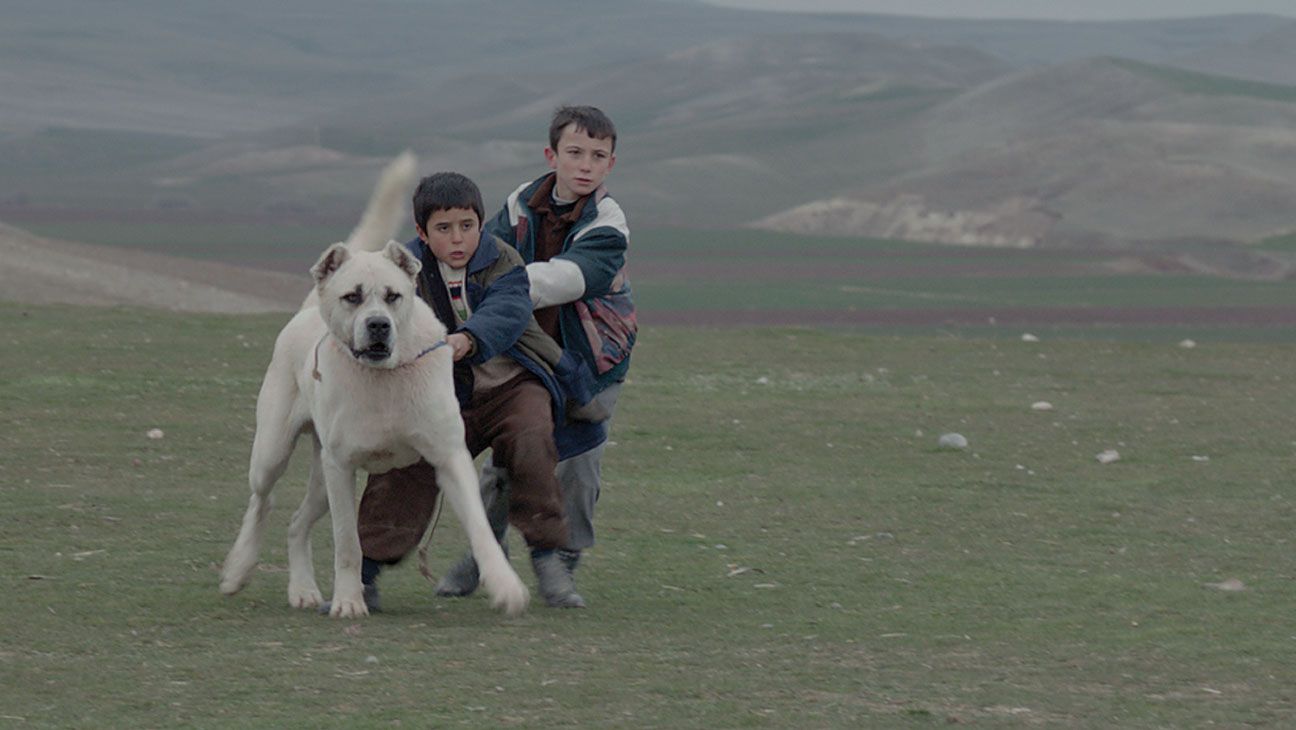Sivas
Last night, we watched a movie called Sivas by Kaan Mujdeci, a Turkish screenwriter/director. My wife has already seen this movie when it was in the theatres, but me trying to catch up with her, I could only watch it now. If anyone wishes to watch it for the first or one more time, it's on Mubi now.

Last night, we watched a movie called Sivas by Kaan Mujdeci, a Turkish screenwriter/director. My wife has already seen this movie when it was in the theatres, but me trying to catch up with her, I could only watch it now. If anyone wishes to watch it for the first or one more time, it's on Mubi now.
The movie struck home in a few points, but I was mainly impressed how natural it was. The actors, the scenario, it's all like a snapshot of why and how people in Turkish countryside behaves. You can find a lot of those points in the big cities like Istanbul, too. I was amazed by Kaan Mujdeci's storytelling skills, how a little kid can depict the entire sociological patterns of the entire Turkish nation.

Here're my notes on the movie:
- Felt like both the boy and the dog were in the same situation: They were born in the same difficult environment, moulded by their surroundings into something with no control over it.
- Much like the fighting dogs, the boy, Aslan, is also in a fight with another boy, the village chief's kid Osman, who is bigger than him. The conflict goes deeper, of course, especially with Ayse's involvement, whom Aslan has a crush on. Aslan feels threatened by Osman, tries to find a way to undermine him but can't, until he finds Sivas and has him fight Osman's dog and wins.
- Aslan's tantrum about his dog, which ends with Aslan throwing his clothes to his father and brother while screaming, feels much like a dog snapping at its owner because of mistreatment.
- Aslan's family's inability to mirror him causes Aslan to turn towards the dog, because he feels they're the same: Leashed, scarred, no choice but to keep fighting.
- Also, Aslan's innocence is quite visible in most scenes, like a blank canvas, but it slowly gets stained by the others and the behaviours of others he observes. Even though he doesn't want to, he still turns into those people, ever so slowly.
- This is especially visible in the final fight scene, where Aslan cheers loudly for Sivas to help him win. True, he's afraid that Sivas might get injured or die if it loses, but you still can see the animation in his eyes and hear it in his voice. Even when everyone gets quiet, he continues to cheer.
- On the way home, he says "I won't let Sivas fight ever again", but faces the argument of "it's a dog, it's supposed to fight. It's its place, it should now its place." from the adults. Apart from the stain this leaves on Aslan's soul canvas, this also shows how little value some Turkish countrymen pits into animals. A small kid facing this argument in the subject of dogfighting, what else can he become when he grows up?
- The scene where Aslan sits on the hill with Sivas while he smokes (a little kid, imagine that!), captures the sociological and psychological state that Turkish people are in, magnificently.

